With the unorganized furniture retail market in India touching approx. $20 Billion, early bird online furniture retailers like Pepperfry, Urban Ladder as well as organized furniture retailers such as Lifestyle, Hometown, @ Home & Evok etc. have been busy tightening their supply chain, product designs and quality to capture a fair share of this huge market. IKEA’s phased entry over the next 2 years will signal the second wave of this market consolidation.
To the common home maker while this adds the much-needed choice of furniture and ease of purchase, it brings with it a dilemma – whether to build the furniture or to buy it outright.
The question we are trying to answer in this blog post today is whether the good old days of the “family carpenter” shaving the wood away for months to get the home ready for the family really numbered*? … That comment brings back fond memories of our family carpenter at home, there never was a year when we did not have Shatya ji working the wood, shaving shaping and weaving his magic creating the woody world around us…
STOP day dreaming now…back to the article, ahem!
Okay, question 2 – Is the stuff available from the organized furniture vendors good enough in terms of quality, will it last? What things are best bought readymade from the market versus the ones that should be made on site? And finally, how does the role of an interior designer change with impending organization & consolidation in this space, can a customer just do the designing & decoration on her own using the online tools available? So here goes…the questions have been reordered to build a flow, don’t worry, we will be answering all…read on
Question 1. The question of quality: Can you really trust the mass market and organized furniture retailers to use good quality material that will last?
The answer is both yes and no. If you look at the scope of what is included in household furniture you can classify the pieces into two distinct segments (1) Movable furniture – Things like sofa sets, side/ center tables, dining sets and (2) Fixed Furniture – really semi fixed as everything can ultimately be moved 🙂 – stuff like cots, headboards, crockery units, modular kitchens & wardrobes. The Movable Furniture segment has always been “buy” heavy because it’s rare for an onsite carpenter to match the factory finish. In addition, movable furniture allows for a decent amount of flexibility as it does not need to fit perfectly into the space provided – compare this to a Wardrobe that ideally needs to be custom sized to fit the space available. For this reason, the movable furniture segment has been topping sales for all organized furniture retailers be it brick & mortar or online. In addition, by now the organized vendors have more or less perfected the balance between material quality and cost to offer products that offer both a good finish and a reasonable price. Therefore, the obvious verdict here is “BUY”
Fixed Furniture on the other hand is a bit of a mixed bag. The initial organized retailers in this segment were really modular furniture factories (think Zuari etc.) whose primary objective was to bring costs down. Hence items that they sold, be it wardrobes, crockery units, cots etc. were made from particle board or low cost MDF. Today there are some vendors who offer a choice of material and have differential pricing depending on the base material used, however the cost differential between stuff made from low quality and good quality material is substantial. Since hi quality stuff is expensive, it is uncompetitive. This leads to low sales resulting in a vicious circle (since quality stuff is expensive it is not mass market, the lack of economies of scale keeps the prices high due to which it is not mass market).
In addition to the above, the lack of a custom fit makes fixed furniture not the best candidate for a “buy” decision. For example – a bedroom with a custom-made cot having an upholstered headrest and the electrical switches fixed on a seamless wooden panel above the side tables has a much better feel to it than the same bedroom containing a readymade cot purchased online
That said if one is able to find specific items (say Wardrobes or Crockery Units) in good quality material from niche vendors at a good price during a promotion or a sale and is able to manage the custom sizing constraint via innovative décor – say keeping a vase or a lamp in the free space next to the unit due to the unit availability in fixed size only (more on this in the design section later) then this may be a viable option to consider.
Within Fixed Furniture, Modular Kitchens is a category in itself as it has a fairly large & mature vendor base. These vendors offer a custom fit and a wide choice of designs in different materials & quality based on the client’s budget. This makes Modular Kitchens an easy “buy” candidate. Readymade Modular Kitchens are however not the best option in specific circumstances – say when the builder has given a platform under the counter top or when fixed countertops have been provided by the builder and customers don’t want to remove / replace the same. (Please also read an earlier post on this topic here)
Question 2: The Changing role of the interior designer and whether one can really “self – design” with online tools available.
For long, Interior designing in India has been seen as glorified carpentry. Carpenters self-designating themselves as Interior Designers and the fact that even trained Interior Designers in the country have been “woodwork” focused rather than lifestyle & quality of life focused, has further led to this character assassination of the Interior Designer’s role. I have been of firm belief that customers looking for pure carpentry do not really need an Interior designer (do read this & this) and an Interior design discussion is really a discussion about bolstering one’s life, lifestyle and taste.
With quality “woodwork” becoming available readymade from organized furniture vendors, on site Carpentry is sure to take a hit, at the same time Interior Designers will need to cultivate skills to design homes around product catalogs of established furniture vendors, to make build versus buy decisions based on site needs and focus heavily on the holistic look & feel of the home (not just the woodwork) and the lifestyle of the residing family.
As the Interior Design fraternity learns these new tricks, technology savvy customers looking for just the woodwork and basic space visualization will be able to get this at the click of a button…maybe more like fifty clicks and some rubbing of the touchpad 🙂.
Signing off, as always will welcome any comments and feedback
Nandita
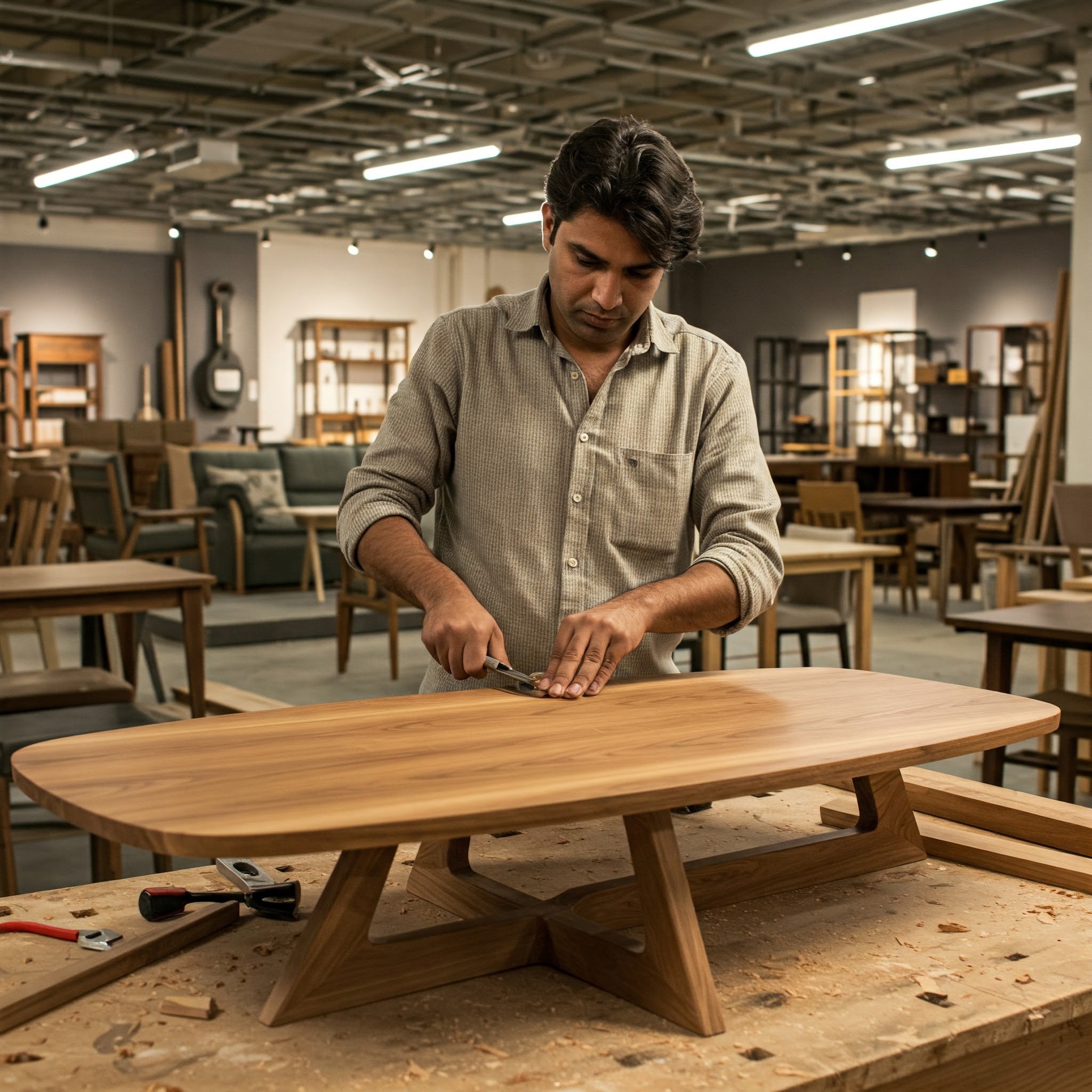





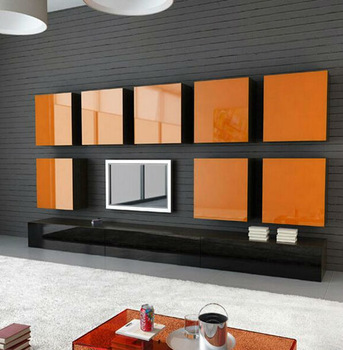

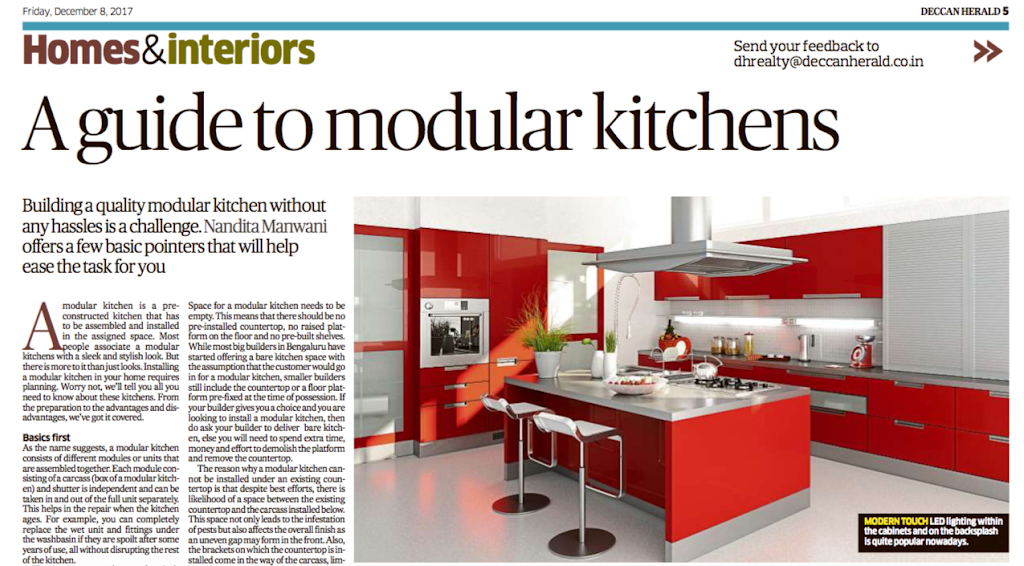


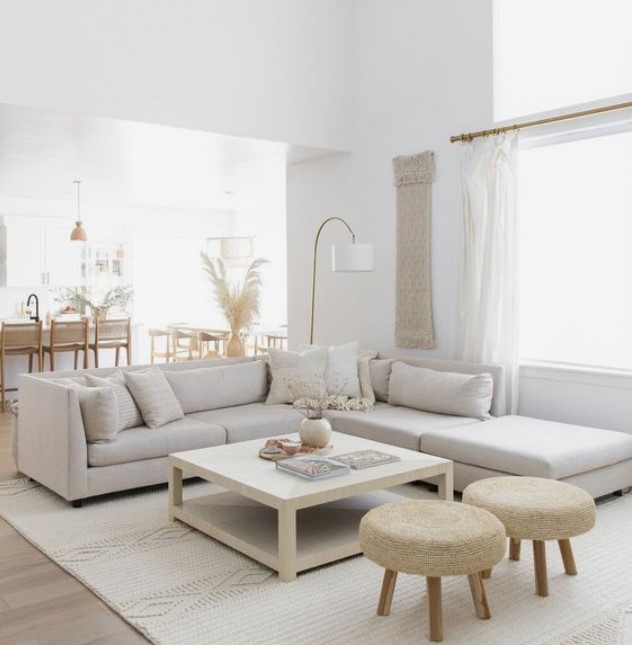

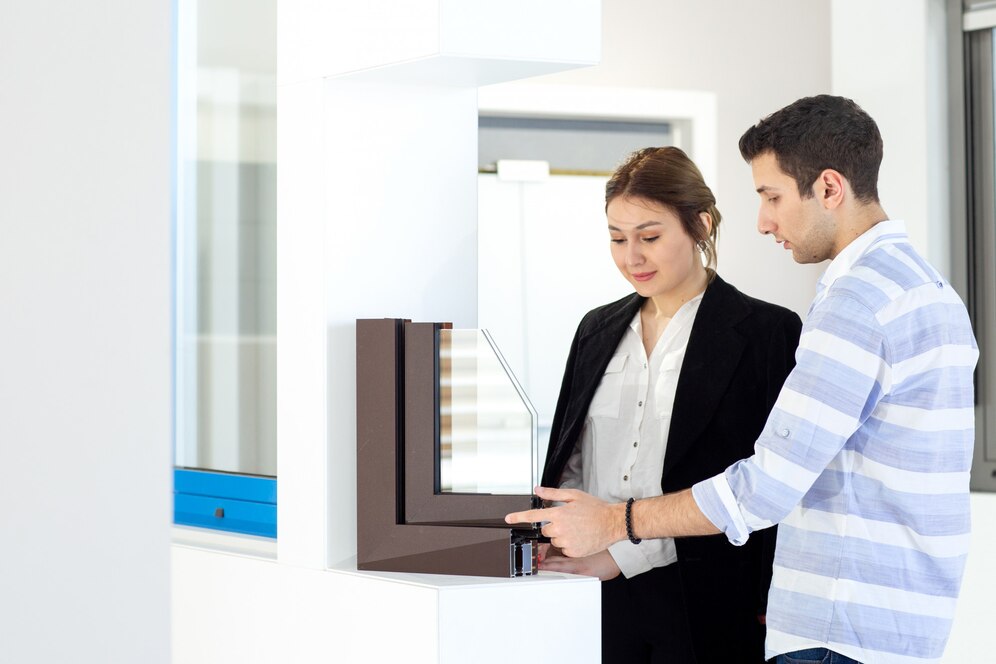
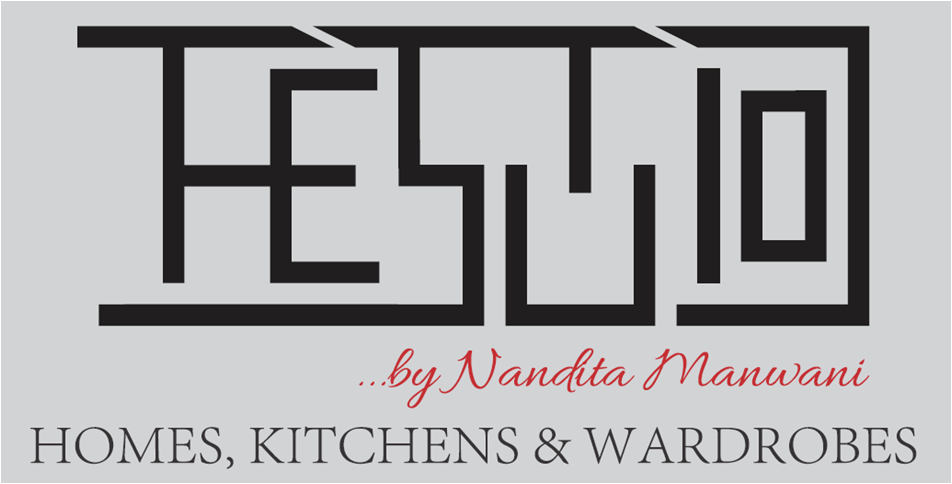



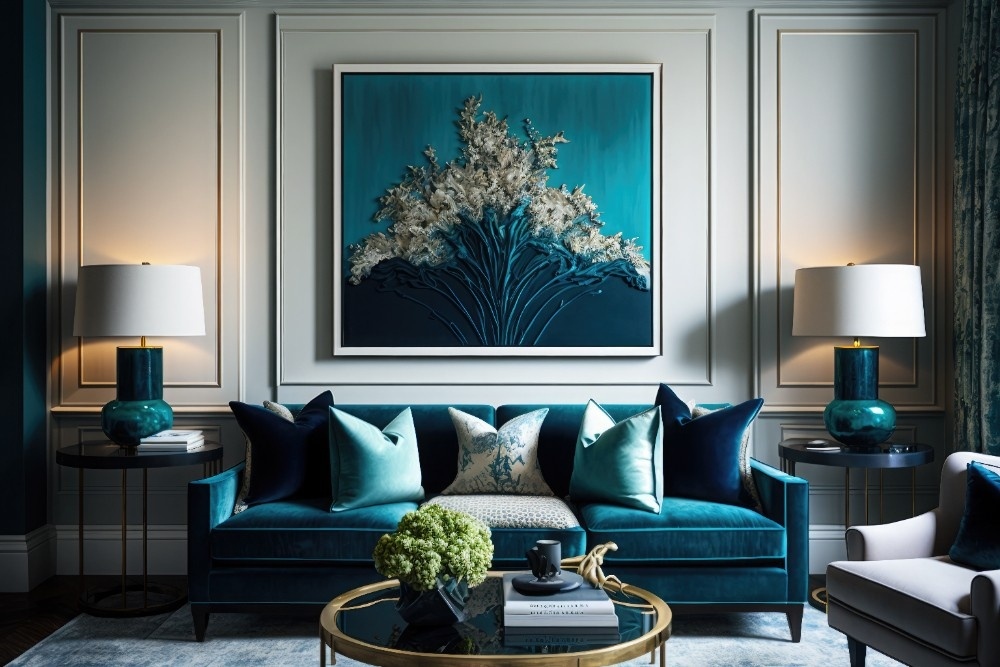
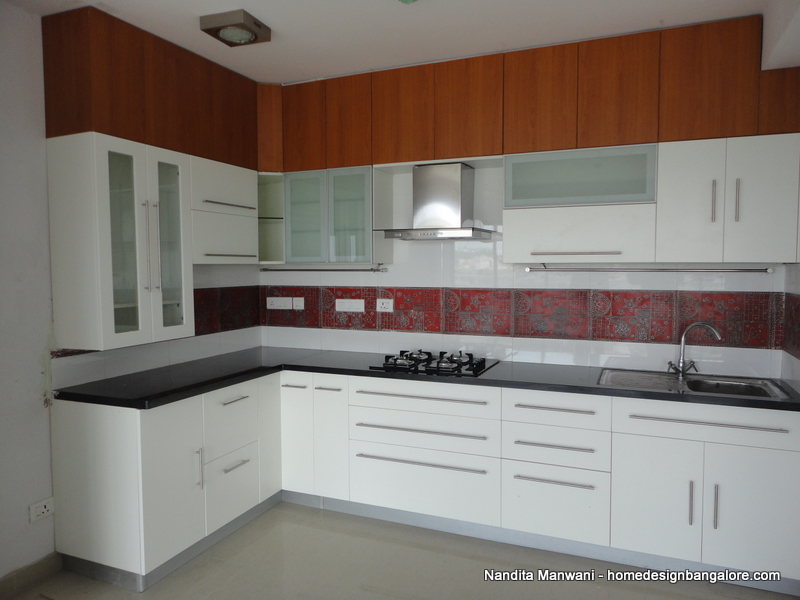
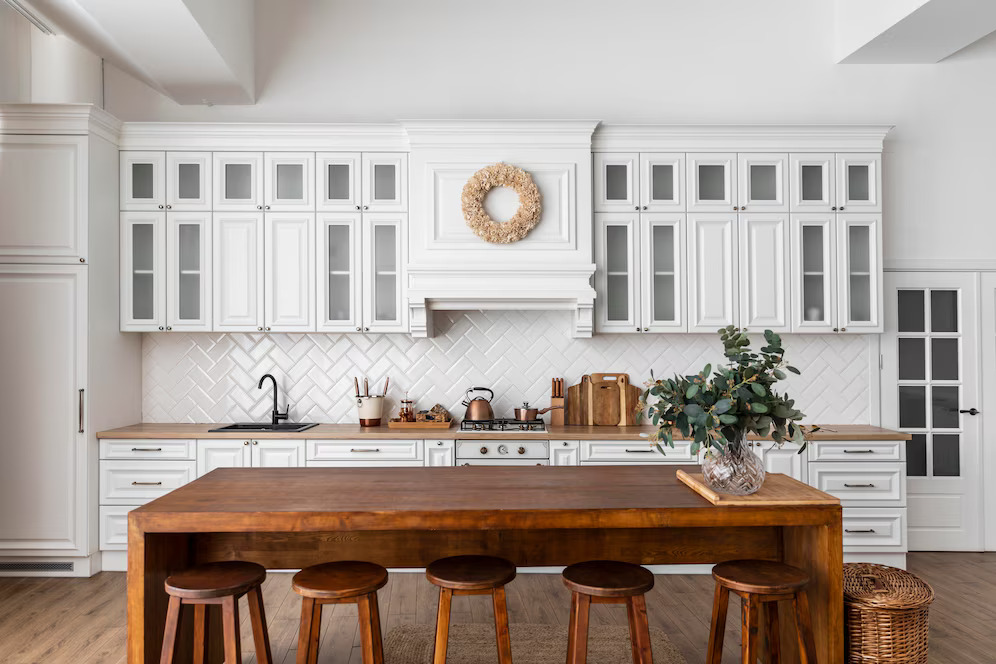
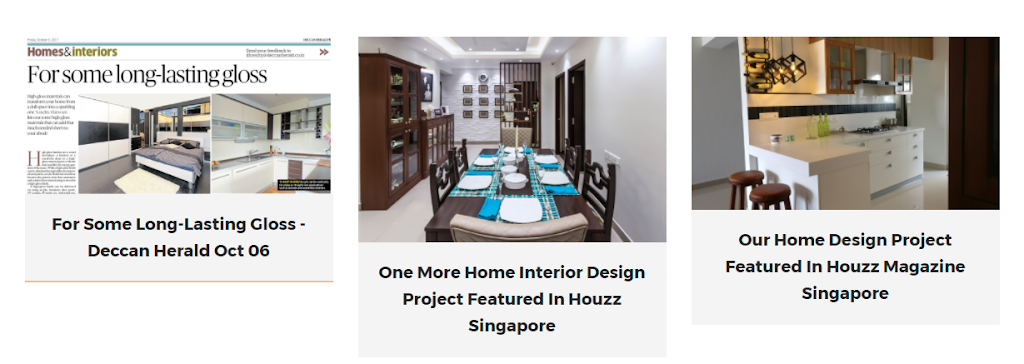

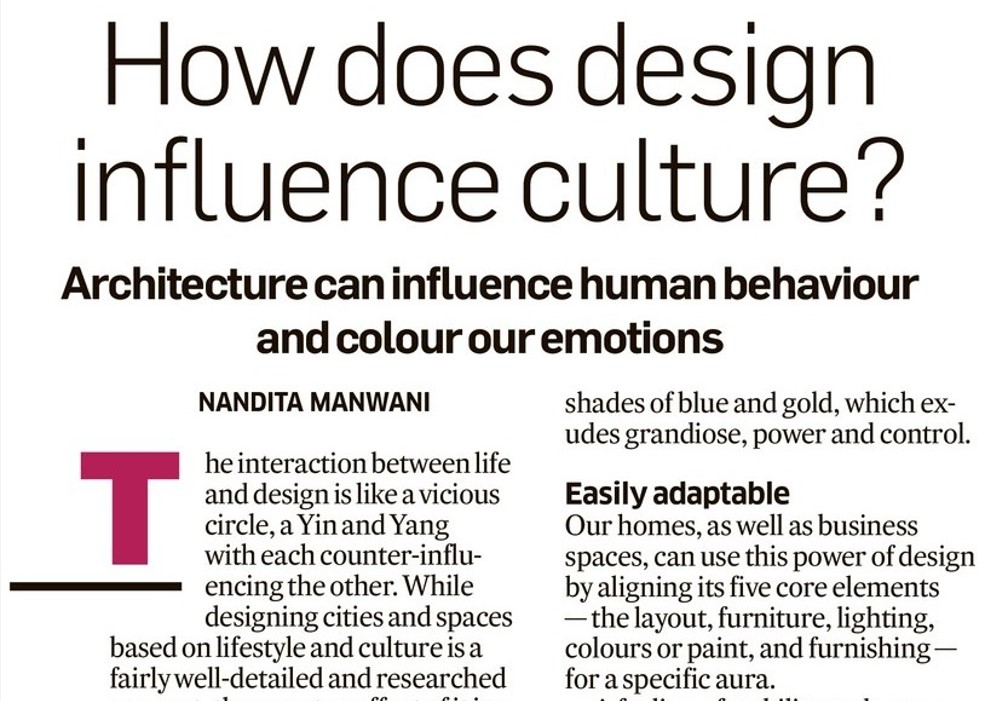


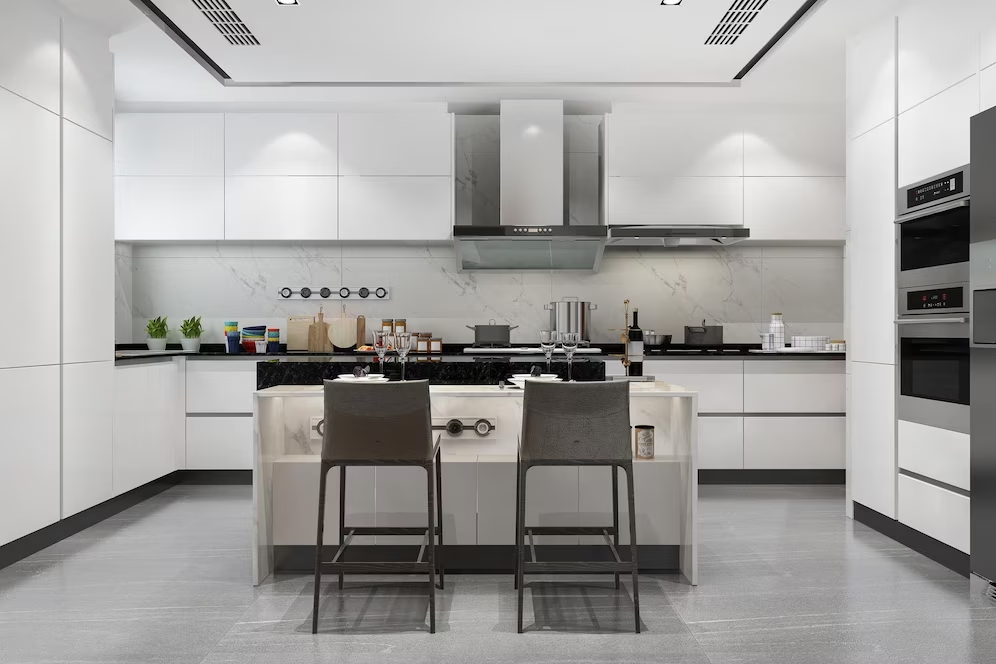








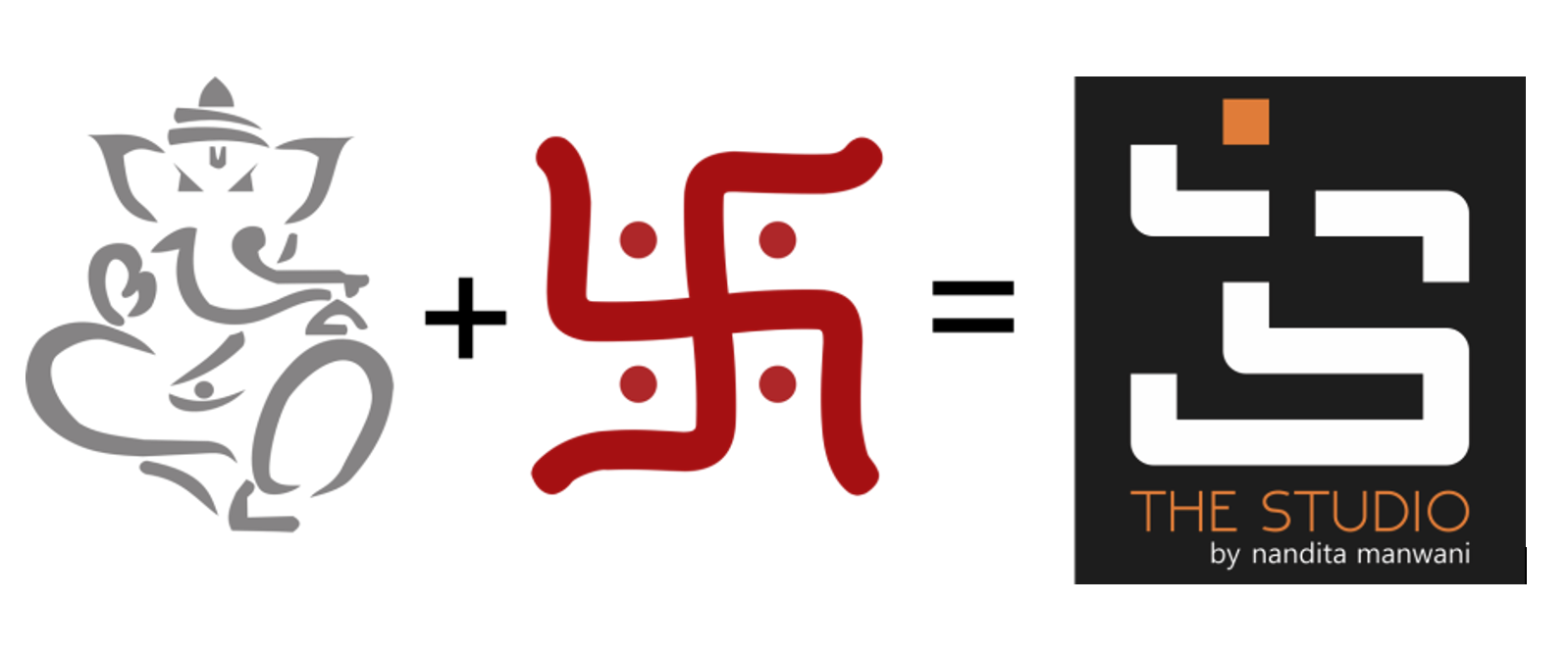








4 thoughts on “Furniture for Home Interiors – The Build versus Buy dilemma & the changing role of the Interior Designer.”
Hi Nandita – Thanks for sharing your insights. I have recently bought a 3+1 BHK apartment in Gurgaon and considering Livspace.com as an option for all my furniture and designing requirements. However, my main concern is quality of products used. Can you please advise basis your experience?
You need to be specific on the quality of material you want with Livespace. They have different options of the base material for Kitchens, wardrobes and most other pieces of furniture they sell. The choice of ideal material to be used is available at http://www.homedesignbangalore.com/2010/09/so-what-is-right-material-to-choose-for
Rgds
Nandita
Hi Nandita,
I'm huge fan of your work and really liked your articles. I have couple of doubts related to interior work.
1. I want to check regarding ply's thickness used for wardrobe back. Our interior guy is planning to use 6mm thickness at back against wall and 18 mm front of wardrobe. Is it ok to use 6mm at back?
2. How is century's Sainik brand for wood work e.g. Sliding door, bed, Crockery, tv, pooja etc? Which one should we use for woodwork other than kitchen? e.g. Century's Sainik vs Century's Club Prime vs HDHMR?
3. Is it ok to use century's plywood for Sliding shutter door or should we mandatorily go for blockboard? My interior guy told me that blockboard is not termite proof as compared to plywood.
4. For Bed headboard, Which material is better Fabric or Leather w.r.t. maintenance and cost?
5. For Kitchen Is it ok to use MR+ laminate.
Regards
Neeraj
1. 6mm is fine for the back panel
2. For the dry areas Century Sainik MR Grade is fine. For the Wet areas (Kitchen) you may use Sainik BWR Grade. If your budget allows then you may go with club prime
3. If you have carpenters making the wardrobe on site then it would be ideal to make the shutters in block board. Treated block board from good brand will not have termite issues.
4. The choice between fabric/ leather really depends on the overall design of the room and it's theme.
5. MR Plus laminate is fine to use use for the Kitchen, Since MR plus is hi gloss you may want to go with calibrated ply for the Kitchen Shutters as that is smoother and helps avoid any waviness in the hi gloss surface